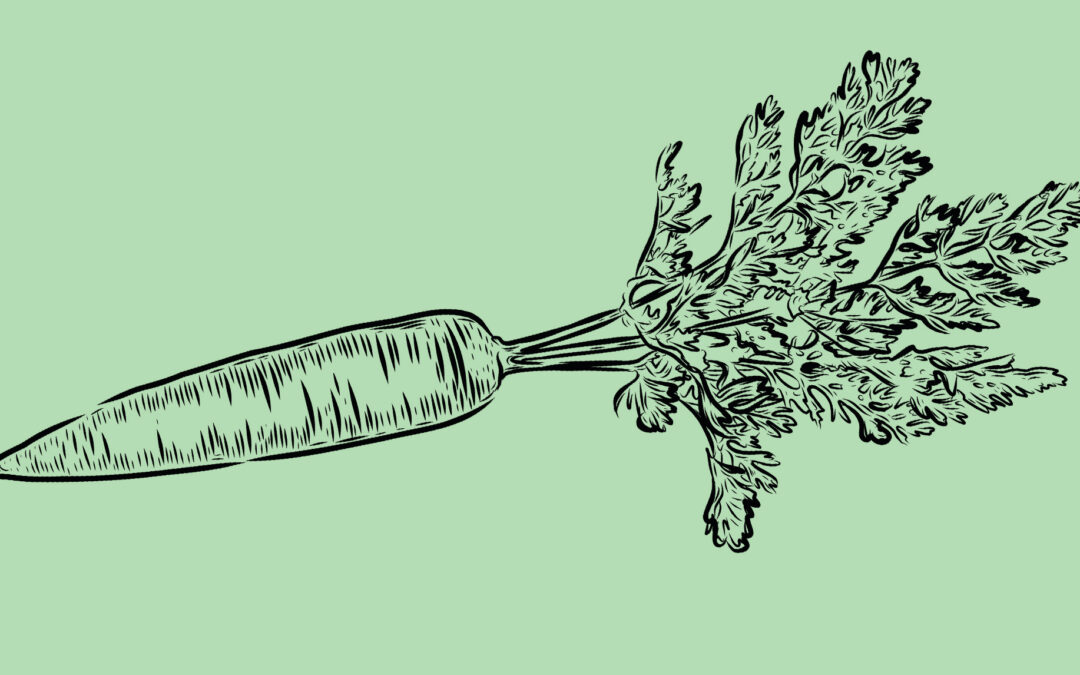Garden season is upon us, and there is no time to waste. According to ufseeds.com, our growing season here in Maine is approximately 155 days, significantly shorter than many other states across the country. Knowing when and how to get started is essential for all growers. Whether you are new to gardening or already have a few yields under your belt, there is a wealth of tips and tricks to reap all the benefits of sowing a garden.
Dennis Peaslee, owner of Garden Spot Farm in Pownal, says the first place to start with growing is with planning.
“There are a lot of do’s and don’ts in gardening, so the first place to start is to do your research,” he says. “Know what you like, what you can grow in Maine, and be prepared to do a lot of weeding.”
Soil Preparation and Planting Tips
Peaslee says one method to curb weeding time is to use grass clippings as mulch in your garden bed. This can help suppress weed growth and conserve moisture in your soil. Mulching also regulates soil temperature, ensuring plants are protected from extreme temperature shifts, which is crucial in Maine’s unpredictable climate—like the early spring Nor’easter of April 2024.
Soil condition is very important when planting flowers or vegetables. According to an article on Thespruce.com, you can add a source of amendments like compost for in-ground growing to loosen dense soil or help clump together soil that has become too loose. Perlite is another excellent addition for potted plants as it helps with aeration and drainage. Providing topsoil conditions will allow plants to develop strong root systems, which in turn makes them more resilient to pests and environmental stressors.
“Once the condition of your soil is right for planting, you will want to be careful not to plant outside until after the last frost,” Peaslee says. “It varies every year, but the best piece of advice is to wait until after the last full moon of spring.”
Watering, Fertilization, and Companion Planting
Greenhouses can help extend the growing season in Maine by allowing gardeners to start their plants earlier and protect them from unexpected frosts. Investing in row covers can also benefit those looking to protect fragile plants from temperature dips.
On the flip side, there are things to know when starting later in the season. If this is the case, Peaslee suggests keeping it to ground-growing vegetables.
“Direct sow into the ground and stick to vegetables like peas, carrots, and other ground-growing variations,” Peaslee advises.
Buying transplants from nurseries is another option and opens up the variety of plants you can grow even when getting a late start. However, when purchasing transplants, it is important to consider the health of the plant. Look for vibrant green leaves, healthy root systems, and no signs of pests or disease.
Different ways of planting will need different types of care as well.
An article posted to Mikesbackyardnursery.com, in reference to growing flowers, says, “Plants in pots need a lot more water. A lot more water!” and “If you plant in the ground, mulch the beds!
End of Season Care and Gardening Benefits
When purchasing transplants from a nursery, whether for vegetables or flowers, be sure to ask about each plant’s specific needs, including what type of soil it thrives in and how often it should be fed.
“There are different feeds with fertilizers specific to all different plants,” says Peaslee. “Some need constant feed, so it’s important you know their needs to be successful.”
Companion planting is another excellent strategy to maximize garden success. According to The Old Farmer’s Almanac, certain plants grow better together because they help deter pests, enhance nutrient absorption, and improve pollination. For example, planting basil alongside tomatoes can help repel pests, while marigolds can deter nematodes in vegetable gardens.
End of Year Preparation
When the end of the season is nearing, remember to do a few things to help make next year’s start easier. For starters, you will want to cut back and clear any debris from perennials in your flower beds and lay down fresh mulch.
“Make sure to cut back the plants that need to be cleared out so that it’s easier to get started next year and you don’t have to spend as much time prepping your garden beds before planting in the spring,” says Peaslee. “Mulching to close your flower beds can be helpful too, but it won’t cause any harm if you miss this step.”
Additionally, Freshfoodconnect.com says saving seeds from healthy plants can be a great way to save money and ensure successful crops for the next season. Dry seeds thoroughly before storing them in a cool, dry place.
Learning all the technical details of gardening is only half the fun, though. No matter where you live, gardening can reduce stress, improve mood and self-esteem, and lengthen attention span.
An article medically reviewed by Smitha Bhandari, MD., reads, “Gardening can make you feel more peaceful and content. Focusing your attention on the immediate tasks and details of gardening can reduce negative thoughts and feelings and can make you feel better in the moment. Just spending time around plants eases stress for many people.”
So, take some time this season to put food on your table, fresh flowers in your home, and bring peace to your everyday life.
Garden Spot Farm
Pownal | gardenspotfarm.com
by Jessica Gendron-Labbe

